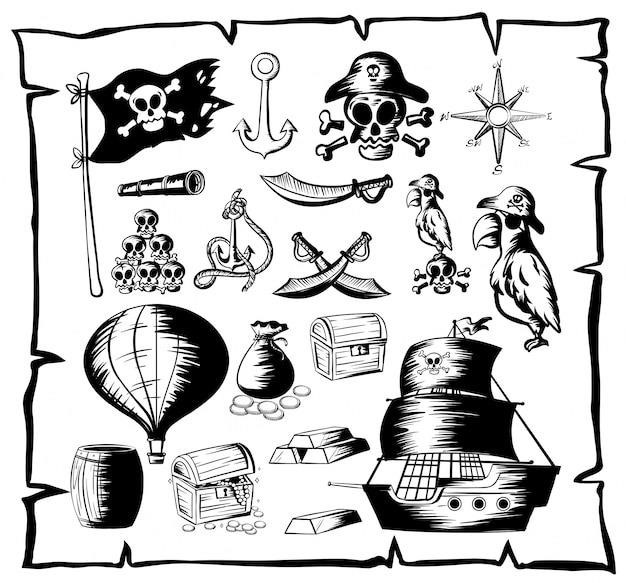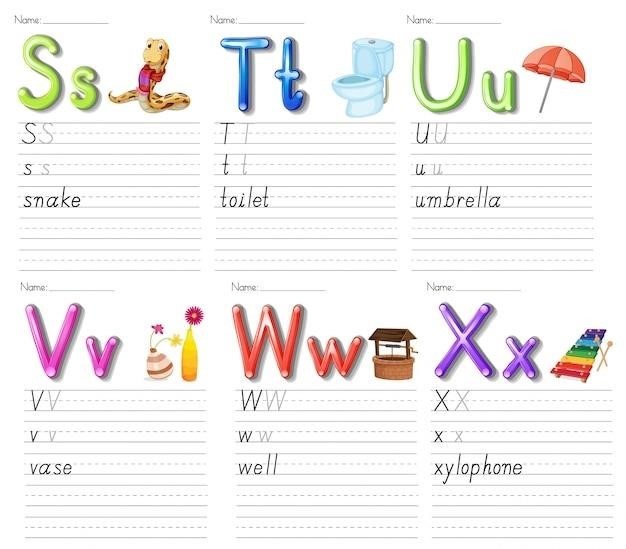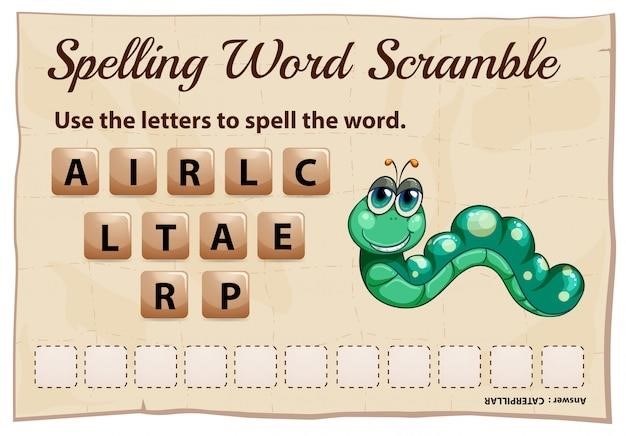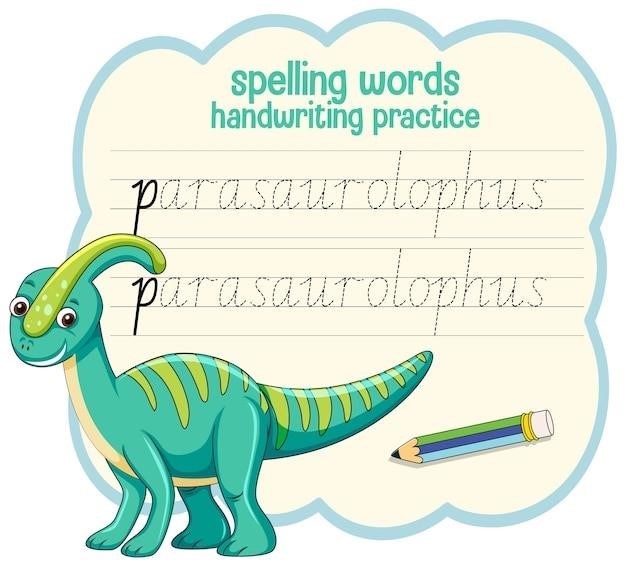The Ship of the Dead⁚ A Comprehensive Overview
The Ship of the Dead, the third book in Rick Riordan’s Magnus Chase and the Gods of Asgard series, is an exciting and thrilling adventure that follows Magnus Chase and his friends as they embark on a perilous journey to stop Loki from unleashing Ragnarok, the Norse apocalypse.

The Story’s Conclusion
The Ship of the Dead concludes with a climactic battle against Loki and his forces. Magnus Chase, along with his friends, faces formidable challenges as they attempt to thwart Loki’s plans to unleash Ragnarok. The story culminates in a confrontation between Magnus and Loki, where the fate of the world hangs in the balance. The final battle is filled with action, suspense, and emotional weight as the heroes confront their own vulnerabilities and the consequences of their choices. Ultimately, the story’s conclusion resolves the conflict, leaving readers with a sense of closure and anticipation for the future of the characters.
The conclusion is a satisfying payoff for the series, leaving readers with a sense of hope and excitement for the future of the characters. It also provides a sense of closure, leaving readers with a sense of satisfaction and a desire to revisit the world of Magnus Chase and the Gods of Asgard. The conclusion also leaves room for further exploration, hinting at the potential for future adventures and the ongoing impact of the events of the series.
The Book’s Length and Reading Time
The Ship of the Dead, like its predecessors in the Magnus Chase series, is a relatively lengthy read, boasting an estimated 108,. This substantial word count translates to an approximate reading time of 7 hours and 12 minutes, assuming an average reading pace of per minute. However, this is just an estimate, and the actual time it takes to read the book will vary depending on individual reading speed and comprehension.
Despite its length, The Ship of the Dead is a fast-paced and engaging read, filled with action, adventure, and humor. The story keeps readers on the edge of their seats, eager to discover what happens next. The book’s length allows for a more detailed exploration of the characters, their relationships, and the world they inhabit. It also provides ample space for the development of the plot and the resolution of the conflict. While the book’s length might seem daunting, it is a testament to the richness and complexity of the story, making it a rewarding read for fans of the series.

The Ship of the Dead’s Fate
The fate of the Ship of the Dead, known as Naglfar in Norse mythology, hangs in the balance throughout the story. It’s a vessel built entirely of the fingernails and toenails of the dead, destined to sail at the end of the world, Ragnarok, to engulf the nine realms in chaos. Throughout The Ship of the Dead, Loki, the trickster god, strives to gather the remaining ingredients to complete Naglfar, while the heroes, led by Magnus Chase, race against time to prevent its activation.
Ultimately, the fate of the Ship of the Dead is intertwined with the fate of the world. While its final destiny is not explicitly revealed, its construction, its connection to Ragnarok, and the events surrounding it suggest that it will play a crucial role in the final battle. It’s left to the reader’s imagination to contemplate whether the heroes will manage to stop Loki from unleashing the Ship of the Dead and thus avert the catastrophic end of the world or if it will ultimately sail, bringing about the end of all things.
The Series’ Ending
The Magnus Chase and the Gods of Asgard series concludes with The Ship of the Dead, leaving the reader with a sense of closure and a lingering sense of wonder. The series’ ending sees the heroes, led by Magnus Chase, facing their greatest challenge yet⁚ preventing Loki from unleashing Ragnarok, the Norse apocalypse. The final battle is epic and thrilling, with the fate of the nine realms hanging in the balance. The heroes must overcome their fears and doubts to defeat Loki and save the world from destruction.
While the series ends with a sense of victory, there’s also a hint of bittersweetness. The final battle leaves its mark on the heroes, both physically and emotionally. The world has been changed forever, and the heroes must now face the new challenges that come with their newfound roles in the world. The ending leaves the reader with a sense of hope for the future, but also a sense of the sacrifices that were made to secure it. The series concludes with a reminder that even in the face of overwhelming odds, courage, friendship, and hope can prevail.
The Ship of the Dead in the Magnus Chase Universe
The Ship of the Dead, a formidable vessel of immense size and power, plays a crucial role in the Magnus Chase and the Gods of Asgard universe. It’s the embodiment of a legend, a chilling reminder of the Norse mythology that underpins the series. This legendary vessel, known as Naglfar, is constructed from the fingernails and toenails of the dead, lending it an eerie and ominous aura. It is destined to play a pivotal role in Ragnarok, the Norse apocalypse, by carrying the forces of darkness to the final battle.
In the third book of the series, The Ship of the Dead, the titular vessel is at the heart of the conflict. Magnus Chase and his companions must confront Loki, the trickster god, and his attempts to unleash Ragnarok. Their mission involves preventing the Ship of the Dead from leaving Niflheim, the realm of the dead, and setting sail for the final battle. The Ship of the Dead is more than just a vessel; it’s a symbol of the impending doom, and the heroes’ struggle against it is a desperate fight to preserve the world they know.
The Ship of the Dead’s Significance
The Ship of the Dead, known as Naglfar in Norse mythology, holds immense significance within the Magnus Chase and the Gods of Asgard series. It’s not just a vessel; it’s a symbol of impending doom and the ultimate threat to the world. Its construction from the fingernails and toenails of the dead reinforces its connection to death and destruction. The Ship of the Dead is destined to play a crucial role in Ragnarok, the Norse apocalypse, carrying the forces of darkness to the final battle.
The significance of the Ship of the Dead extends beyond its role in Ragnarok. It represents the destructive power of unchecked ambition and the inevitable consequences of choosing darkness over light. Loki’s obsession with using the Ship of the Dead to unleash Ragnarok underscores his desire for chaos and destruction. The heroes’ struggle against the Ship of the Dead symbolizes their fight to protect the world from the forces of darkness and to preserve hope in the face of overwhelming odds. Ultimately, the Ship of the Dead serves as a reminder of the importance of choosing good over evil and of the consequences of succumbing to the allure of darkness.
The Ship of the Dead’s Description
The Ship of the Dead, a chilling vessel of immense power, is described as a monstrous ship built entirely from the fingernails and toenails of the dead. This macabre construction lends it a horrifying and ominous presence, reflecting its purpose as the vessel of Ragnarok, the Norse apocalypse. Its size is described as gargantuan, capable of carrying vast hordes of the dead. The Ship of the Dead is said to be black as night, its sails made of shadows, and its hull adorned with the skulls of the fallen.
The Ship of the Dead’s most distinctive feature is its eerie silence. It moves without a sound, gliding through the water with a ghostly grace that sends shivers down the spines of those who witness it. This silence adds to its aura of dread and foreshadows the catastrophic events that will unfold upon its arrival. The ship is described as being both beautiful and terrifying, a testament to its power and its connection to the forces of darkness;
The Ship of the Dead in Pop Culture
The Ship of the Dead, with its chilling description and significant role in Norse mythology, has become a popular motif in various forms of pop culture, appearing in various media, including literature, film, video games, and music. It has been depicted in numerous fantasy and science fiction stories, often serving as a symbol of death, destruction, and the inevitable end of the world. The Ship of the Dead’s presence in these works often adds a sense of dread and anticipation, reminding viewers and readers of the looming threat of Ragnarok.
In video games, the Ship of the Dead has been featured in titles like “God of War” and “Final Fantasy,” where it serves as a formidable antagonist or a symbol of the game’s overarching narrative. The Ship of the Dead has also been used as inspiration for musical compositions, with its imagery and symbolism influencing the themes and atmosphere of the music. The ship’s enduring popularity in pop culture demonstrates its impact on the collective imagination, capturing the fascination with the unknown and the fear of the inevitable.
The Ship of the Dead’s Real-World Inspiration
The Ship of the Dead, as depicted in Rick Riordan’s Magnus Chase series, draws inspiration from the rich tapestry of Norse mythology, specifically the legendary ship known as Naglfar. In Norse mythology, Naglfar is a colossal vessel constructed entirely from the fingernails and toenails of the dead. This macabre origin signifies its role as a harbinger of doom, destined to ferry the forces of darkness and chaos to the final battle at Ragnarok. This mythical ship, with its connection to death and destruction, serves as the foundation for the Ship of the Dead in Riordan’s novel, capturing the essence of the Norse myth while adding a unique twist.
The Ship of the Dead’s immense size, its ominous presence, and its connection to the underworld are all elements rooted in the mythology of Naglfar. Riordan’s creative interpretation of this ancient myth breathes new life into the concept, making it relatable and engaging for contemporary readers. The Ship of the Dead’s presence in the Magnus Chase series is a testament to the enduring power of Norse mythology and its ability to inspire imagination and captivate audiences across generations.
The Ship of the Dead’s Impact on Readers
The Ship of the Dead, as a pivotal element in Rick Riordan’s Magnus Chase series, has left a profound impact on readers, sparking their imaginations and fueling their enthusiasm for Norse mythology. The book’s captivating narrative, filled with thrilling adventures, compelling characters, and intriguing twists, has resonated deeply with young readers, fostering a love for the ancient tales of gods and monsters. The Ship of the Dead, with its ominous presence and powerful symbolism, has become a cherished element of the Magnus Chase universe, captivating readers with its mystery and suspense.
The book’s exploration of themes such as courage, friendship, and the power of choice has resonated with readers of all ages, prompting discussions and reflections on their own values and beliefs. The Ship of the Dead has also served as a gateway to the wider world of Norse mythology, inspiring readers to delve deeper into the fascinating stories and legends of the ancient Norse people. The book’s enduring popularity is a testament to its ability to transport readers to a world of magic and adventure, leaving a lasting impact on their imaginations and their appreciation for the rich tapestry of human storytelling.
The Ship of the Dead’s Historical Context
The Ship of the Dead, while a fictional entity in Rick Riordan’s Magnus Chase series, draws inspiration from the rich tapestry of Norse mythology, specifically the concept of the “Naglfar,” a mythical ship constructed entirely from the fingernails and toenails of the dead. This concept, deeply rooted in Norse lore, symbolizes the impending doom of Ragnarok, the apocalyptic event that marks the end of the world. The Naglfar, a ship destined to carry the forces of darkness to battle against the gods, is a powerful symbol of the cycle of destruction and renewal that permeates Norse mythology.
The Ship of the Dead’s historical context is further enriched by its connection to the Viking age, a period of Norse expansion and exploration that witnessed the development of sophisticated shipbuilding techniques. The image of the ship, a powerful symbol of Viking culture and prowess, resonates with the book’s themes of adventure, exploration, and the confrontation with the unknown. The Ship of the Dead’s historical context, drawing upon the rich tapestry of Norse mythology and Viking history, adds depth and intrigue to the narrative, captivating readers with its powerful symbolism and historical resonance.
The Ship of the Dead’s Critical Reception
The Ship of the Dead, the third installment in Rick Riordan’s Magnus Chase series, has received generally positive reviews from critics and readers alike. Many praise Riordan’s ability to seamlessly blend Norse mythology with contemporary themes, creating a captivating and engaging reading experience. The book has been lauded for its fast-paced plot, compelling characters, and witty dialogue, which keeps readers on the edge of their seats. Critics have also praised the book’s exploration of themes such as friendship, loyalty, and the importance of facing one’s fears, which resonate with readers of all ages.
Furthermore, the book has been recognized for its diverse cast of characters, including Magnus Chase, a half-human, half-god who struggles to find his place in the world, and his friends, who come from a variety of backgrounds and cultures. The inclusion of these diverse characters contributes to the book’s appeal and makes it a relatable and engaging read for a wide audience. The Ship of the Dead has been lauded for its ability to entertain and educate, offering a captivating blend of mythology, adventure, and humor that has earned it a place among the best of Rick Riordan’s works.
The Ship of the Dead’s Legacy
The Ship of the Dead, the climactic conclusion to Rick Riordan’s Magnus Chase and the Gods of Asgard series, has left a lasting impact on the world of young adult fantasy literature. It has cemented Riordan’s status as a master storyteller, known for his ability to blend mythology with contemporary themes, creating engaging and thought-provoking narratives for young readers. The book’s exploration of Norse mythology has sparked a renewed interest in the ancient tales of gods, giants, and monsters, inspiring readers to delve deeper into the rich and complex world of Norse folklore.
The Ship of the Dead has also left a legacy of strong and relatable characters, particularly Magnus Chase, a flawed but ultimately heroic protagonist who resonates with readers struggling to find their place in the world. The book’s themes of friendship, loyalty, and the importance of facing one’s fears continue to inspire and resonate with readers, making The Ship of the Dead a timeless tale that will be cherished for generations to come.






